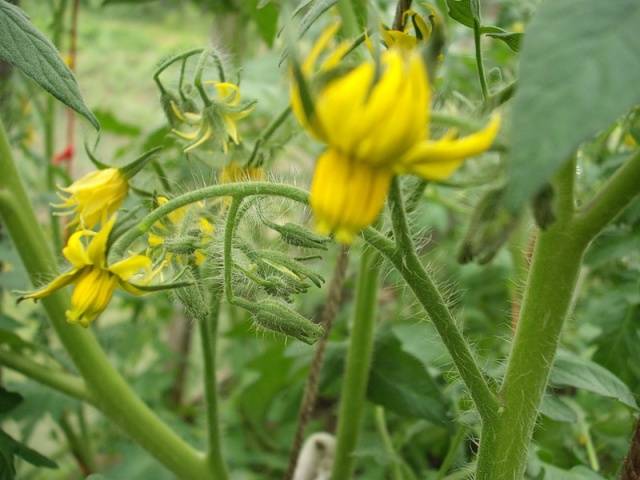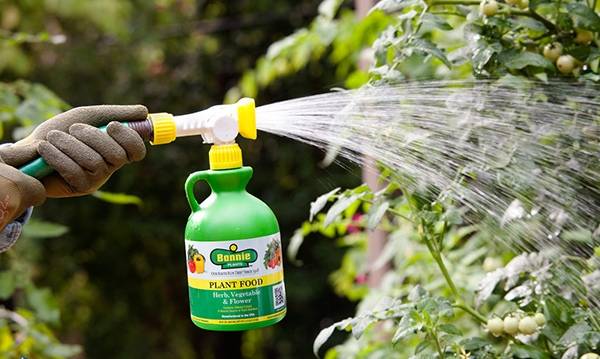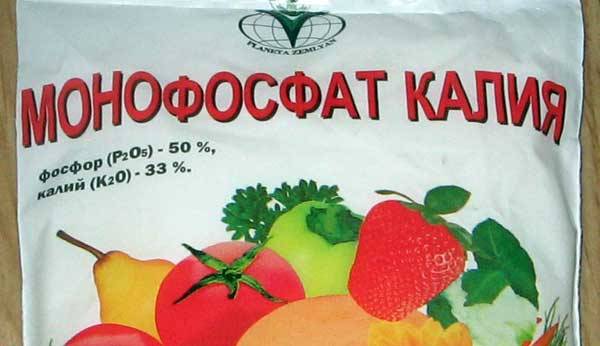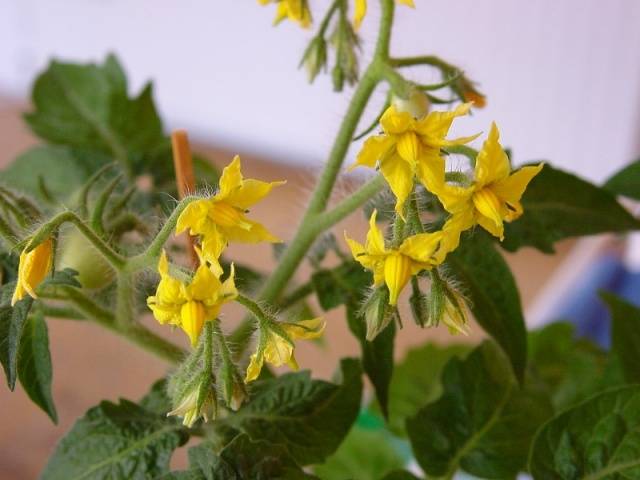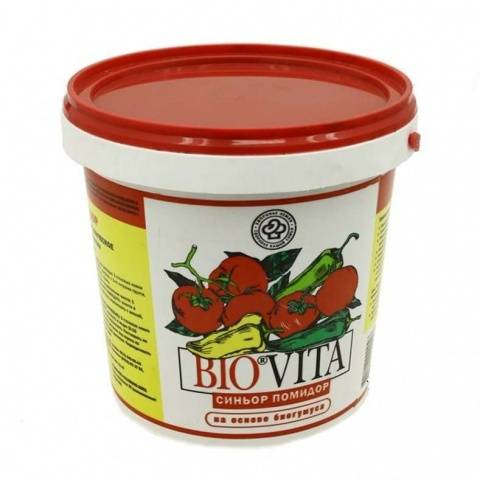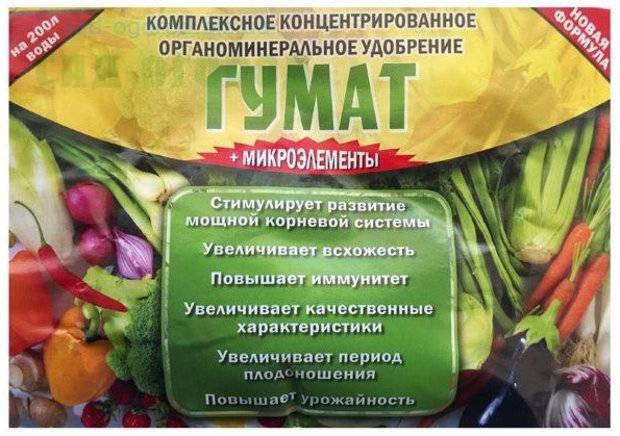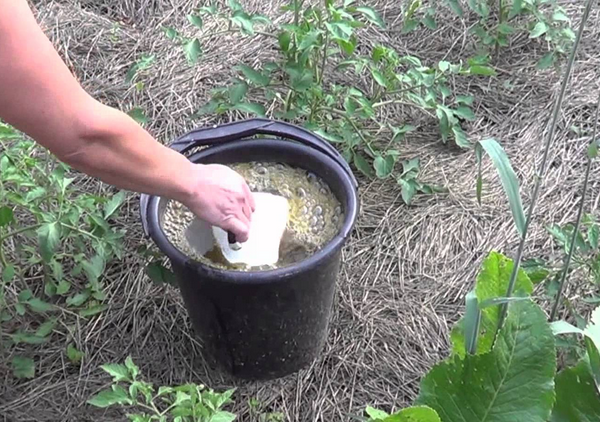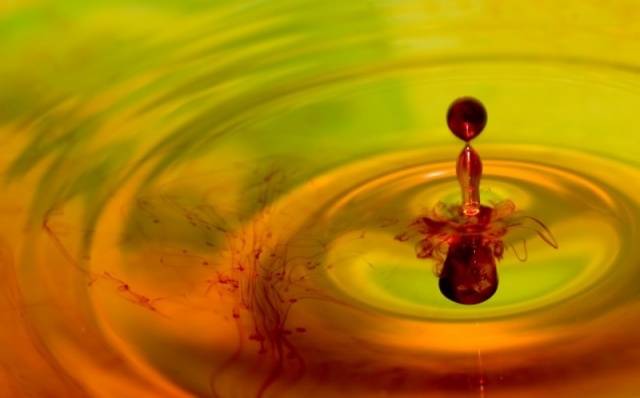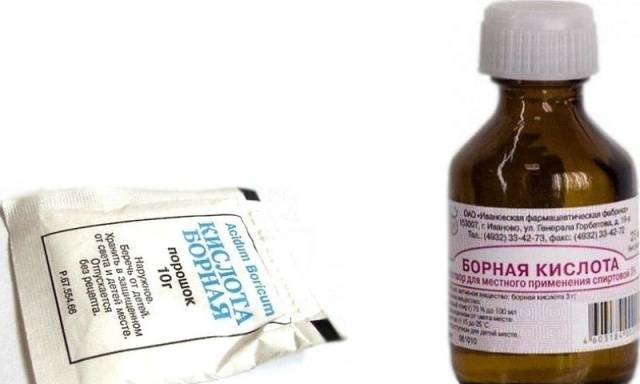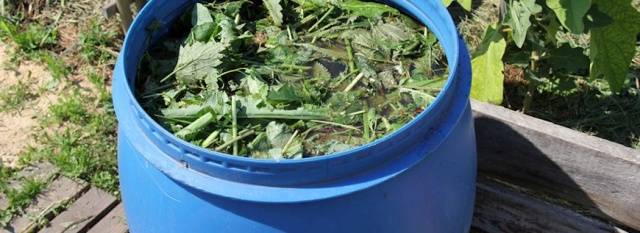Content
The flowering period is one of the most important and responsible for growing tomatoes. If before that it was extremely important for tomatoes to observe the appropriate temperature regime and provide the plants with the maximum possible illumination, then after the appearance of the first buds, correct and timely feeding of tomato bushes comes to the fore. Of course, it was possible to feed the tomatoes up to this point, but it was top dressing tomato during flowering, it is decisive for a rich, tasty and healthy harvest.
What tomatoes need during this period
By the time the first flower cluster is formed, tomatoes, as a rule, have already acquired 6-8 pairs of true leaves and nitrogen as a nutrient recedes into the background.
This may be the case if the seedlings were bought on the market and were looked after in bad faith. But in a normal situation, at the flowering stage, tomatoes are most in need of phosphorus and potassium, as well as in numerous meso- and microelements such as calcium, magnesium, iron, boron, sulfur and others.
Mineral fertilizers
Currently, the choice of drugs in order to feed tomatoes during the flowering period is so diverse that it is not difficult for experienced gardeners to get confused in it. What mineral fertilizers does it make sense to use for tomatoes at the flowering stage?
Since tomatoes are most afraid of the lack of phosphorus and potassium, then you can use special fertilizers containing these elements. These include:
- simple or granular superphosphate (15 - 19% phosphorus);
- double superphosphate (46 - 50% phosphorus);
- potassium salt (30 - 40% potassium);
- potassium chloride (52 - 60% potassium);
- potassium sulfate (45 - 50% potassium).
To combine two elements in one fertilizer, you can use potassium monophosphate... This water soluble fertilizer contains about 50% phosphorus and 33% potassium. For 10 liters of water, it is necessary to use 8-15 grams of the drug. This amount is enough to spill one square meter of tomato beds.
If there is no excess nitrogen on your tomato bushes, then it is quite possible to use various complex fertilizers... They are convenient because all the elements are in them in a proportion and shape specially selected for tomatoes. It is enough just to dilute the amount of fertilizer required according to the instructions in water and spill tomatoes on it. In addition, feeding tomatoes during flowering should also take into account the introduction of a variety of trace elements, therefore, the more of them there is in the selected complex fertilizer, the better.
The following are the main most suitable complex fertilizers that can be used for flowering tomatoes with their characteristics.
- Kemira Lux - completely water-soluble fertilizer, which contains: nitrogen-16%, phosphorus-20%, potassium-27%, iron-0.1%, as well as boron, copper, manganese, molybdenum and zinc. Additional fertilizing with preparations containing calcium, for example, wood ash, is required.
- Station wagon - chlorine-free granular fertilizer with a high content of humic substances. Humic substances can improve the composition of the soil under plants and increase the absorption of basic nutrients. Fertilizer composition: nitrogen-7%, phosphorus-7%, potassium-8%, humic compounds-3.2%, magnesium-1.5%, sulfur-3.8%, as well as iron, zinc, boron, copper, manganese, molybdenum. The addition of calcium fertilizers is also necessary. Not suitable for foliar feeding.
- Solution - a water-soluble fertilizer, very similar in action and composition to Kemira-Lux.
- Effekton - complex fertilizer of organic origin, obtained by active composting of peat, with the addition of oil shale ash and phosphate rock. If you do not have the opportunity to prepare such fertilizer on your own site with your own hands, then this will be an excellent alternative to homemade green infusion. Contains all the necessary nutrients for feeding tomatoes, including in the greenhouse.
- Senor Tomato - a fertilizer specially designed for feeding tomatoes and other nightshades. Includes nitrogen, phosphorus and potassium in a 1: 4: 2 ratio. There are no trace elements, but it also contains humic substances and the bacteria Azotbacter. The latter enrich the soil with beneficial microorganisms and, in cooperation with humic acids, improve its nutritional characteristics. Not suitable for foliar feeding.
You can use any other complex fertilizers that you can find on sale in your region.
It is only important to remember that for feeding tomatoes during the flowering period:
- The phosphorus and potassium content should be significantly higher than the nitrogen content;
- In fertilizers, the presence of trace elements such as calcium, magnesium, boron, iron and sulfur is highly desirable. The rest of the elements are of lesser importance;
- It is desirable that the fertilizer contains humates or humic acids;
- It is undesirable for the fertilizer to contain chlorine and its components.
Organic food and folk remedies
Of course, mineral fertilizers are quite convenient to use and are traditional for feeding tomatoes, but recently more and more attention is paid to environmentally friendly food. And tomatoes grown using mineral fertilizers can not always be called environmentally friendly. More and more gardeners are focusing on the use of natural dressings for growing tomatoes. In addition, they have another additional advantage - many of them can be used not only to feed tomatoes, but also to protect them from diseases, in particular from phytophthora. This disease is a real trouble for tomatoes, especially in cool and rainy summers, so the use of natural remedies that help keep tomatoes from late blight is very important.
Humates
These organic fertilizers have appeared relatively recently, but have already conquered many. They improve the soil structure and contribute to the development of beneficial microflora. Preserving and increasing humus, they allow you to harvest tomatoes even on the poorest soils. You can use Kuznetsov's GUMI (2 tablespoons are diluted in 10 liters of water). Also, to fertilize flowering tomatoes, you can use Gumat + 7, Gumat-80, Gumat-Universal, Lignohumate.
Yeast
Feeding tomatoes with yeast capable of performing miracles. Even those plants that, for one reason or another, lagged behind in growth, acquire a healthy look and begin to actively set fruits after using yeast feeding. It is the flowering period that is most favorable for this top dressing, since you should not abuse it either - yeast is more of a powerful growth and development stimulant for tomatoes than a nutrient solution.Their action usually lasts for a long time - from two to four weeks, depending on the presence of organic matter in the soil.
The easiest way to prepare a yeast solution for feeding tomatoes is as follows: dissolve 100 grams of fresh yeast in one liter of warm water, let it brew for several hours and bring the solution to a volume of 10 liters. The resulting amount is enough to process about 10 - 20 tomato bushes by watering at the root. Such a large discrepancy in numbers is caused by the difference in watering tomato bushes at the beginning of flowering and during fruit setting. At the beginning of flowering, 0.5 liters of yeast solution is enough for a tomato bush, and during the second top dressing, it is advisable to pour about one liter of top dressing under each bush.
Ash
Ash not only wood, but also straw, and peat is a rich source of the elements necessary for tomato plants, primarily calcium, potassium, phosphorus, magnesium and others. Therefore, its application at the stage of flowering tomatoes is absolutely necessary. Moreover, it is almost impossible to overfeed it, and you can feed it in different ways:
- sprinkle it on the ground near the tomato bushes in an amount of about a tablespoon under the bush every two weeks.
- prepare a solution for root dressing and water the tomatoes twice a month.
- to make foliar dressing for tomatoes from ash. It will also serve as additional protection against insect pests.
The solution for root dressing is prepared quite simply - you need to stir 100 g of ash in 10 liters of water. When feeding, the solution must be constantly mixed, since ash will tend to sink to the bottom all the time. For watering one tomato bush, half a liter of ash solution is enough.
The infusion for foliar feeding is a little more difficult to prepare. First, 300 g of well-sieved ash is dissolved in three liters of water, and the mixture is boiled for 30 minutes. Then it is dissolved in 10 liters of water, a little laundry soap is added for adhesion and infused for about 24 hours.
Iodine and dairy products
Use of ordinary iodine as a top dressing during the flowering period of tomatoes can increase the amount ovaries, accelerate their ripening, and get sweeter and more delicious fruits.
The simplest top dressing is to dilute 3 drops in 10 liters of water and water the resulting solution of flowering tomatoes at the root.
If you dissolve 30 drops of iodine in one liter of milk or milk whey, add one tablespoon there hydrogen peroxide and dilute all this in 9 liters of water, you get a wonderful solution for foliar processing, which will not only give additional nutrition to tomato bushes, but also protect them from late blight.
Boric acid
When growing tomatoes indoors, many gardeners are faced with the fact that there is a very high temperature in the greenhouse during the flowering of tomatoes. Under these conditions, the tomatoes bloom, but do not set fruit. Gardeners in the southern regions of Russia face a similar problem, where the temperature can rise above + 30 ° C in May. In order to help tomatoes during this period, spraying of plants with boric acid has long been used.
To prepare the required composition, 10 grams of boric acid powder is first dissolved in a small amount of hot water, then the volume is brought to 10 liters. This solution can be used to treat greenhouse tomato bushes from the very beginning of budding to the formation of ovaries every week. In the open field, the processing scheme is similar if the weather is hot.
Herbal infusion
If you are faced with a choice of which fertilizer is best to use for feeding a tomato during flowering, then making a herbal infusion is a good choice. There are many recipes for its preparation. Here is the most complete and comprehensive recipe that includes the maximum amount of ingredients and thus can be used for both nutrition and protection of tomatoes.
A barrel with a volume of 200 liters is filled with:
- 5 buckets of any herb, preferably nettles;
- 1 bucket of mullein or 0.5 bucket of bird droppings;
- 1 kg of fresh yeast;
- 1 kg of wood ash;
- 3 liters of milk whey.
Top up with water and infused for 1-2 weeks. Then 1 liter of this infusion is used to water one tomato bush. This fertilizer contains almost everything that tomatoes need and in the most easily digestible form.
Conclusion
Thus, the choice of dressings for flowering tomatoes is almost inexhaustible, everyone can choose something that they like. After all, almost all dressings can be mixed with each other in different proportions, depending on what is more available on the farm.
